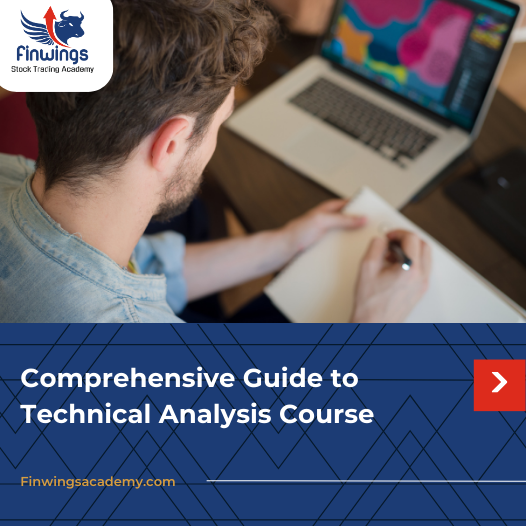Comprehensive Guide to Technical Analysis Course
Fundamental and technical analysis is a method or strategy used to predict the expected future price movement of a security, such as a stock or currency pair, based on market data. The validity of advanced technical analysis is based on the assumption that the combined buying and selling actions of all market participants fairly represent all relevant information about a traded asset and, thus, consistently ascertain the fair market value of the security. Fundamentals of technical analysis cannot predict a company’s future support or criticism.
While it looks to assess the possibility of a stock’s future performance rather than the company itself, there is a degree of judgement and prediction involved. While this study cannot provide an exact price prediction, it can help traders and investors make more informed investment decisions by helping them predict what is likely to happen.
About Charts
Investors and traders use charts as a tool to assess whether to buy or sell stocks, bonds, commodities, or currencies. Bar charts, as previously mentioned, provide an overview of all trade activity over a specific time frame, like a day or a week. Plotting these summaries collectively reveals patterns and trends that show where a stock is now and how it got there. On a chart, that’s where perception meets reality. For example, a company may look cheap based on expert estimates of future profits, but its price won’t increase if there’s little interest in the stock.
We analyse the current state of events and its historical development on the charts. From there, informed forecasts are made about what will happen in the future, although the goal is not to predict the level of prices one year from now. The real goal is to find out how quickly we respond. If we choose to purchase based on a chart backed by an advanced technical analysis course, we will be less likely to lose money because we will already know what needs to happen for us to be wrong.
Different parts of a price chart
1. Volume
When determining if a stock is reversing course or retracing in a drop, volume is extremely important. Detecting the final panic as well as early spikes when investor mood swings from one extreme to the other is another important use.
2. Momentum
Momentum indicators quantify price movement that is visible to the naked eye. Trends are maintained by market conditions until they are disrupted by outside causes.
3. Structure
Charts can be used to use price activity in one of two ways: either the issue stock is moving or it is not. Whereas the latter creates resting zones, whose forms suggest whether the next trend will be upward or downward, the former creates an upward or downward trend. Examined is the peaks and valleys’ structure.
4. Market mood
The result of all market expectations is the mood. It moves from fear and negativity to indifference to greed and apathy. Almost all participants predict lower prices and larger financial losses at the bottom of a bear market.
Things you learn in technical analysis course
Some of the other things you learn in the technical analysis advanced course are
- Knowledge of forecasting tools and advanced technical analysis of global indices.
- The ideas of cross-asset and inter-market data will be taught to you.
- Individual indices and how to do your own scans in this course.
- Better understanding of how risk appetite, risk aversion, and exit point criteria are balanced through the advanced study.
- You will have the opportunity to learn about statistical models and the dynamic changes that occur in real market trading.









